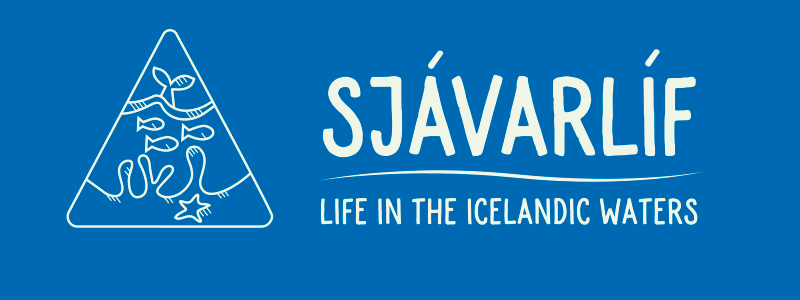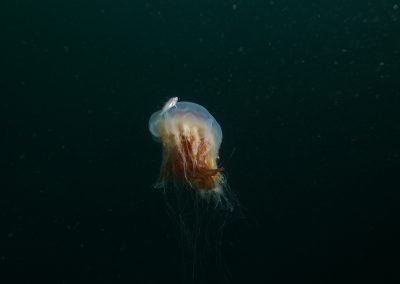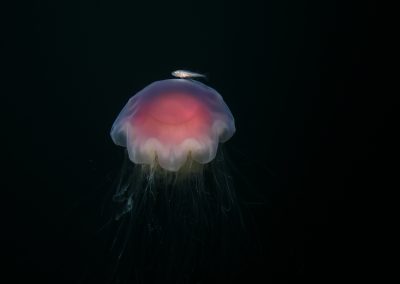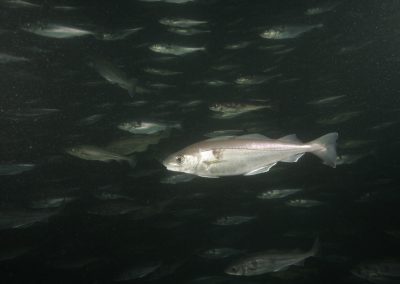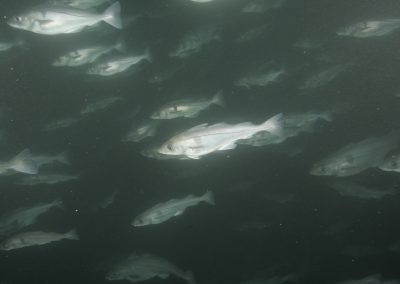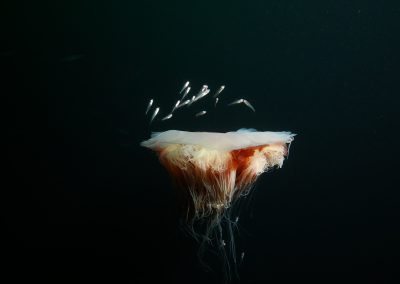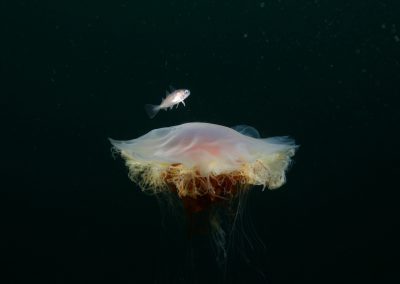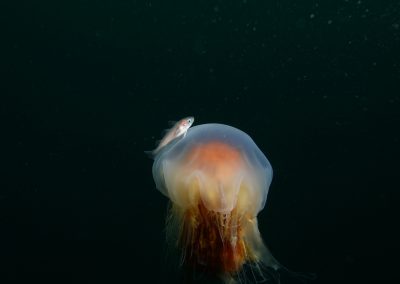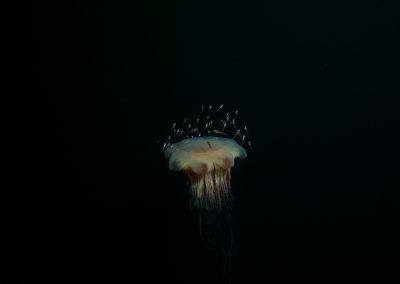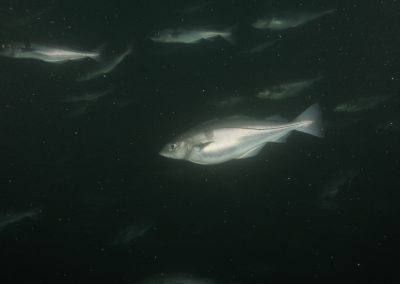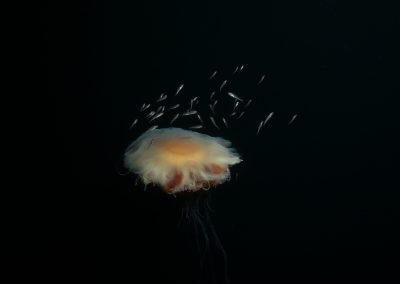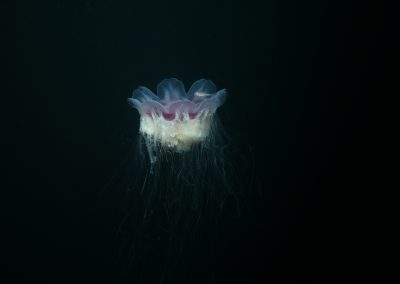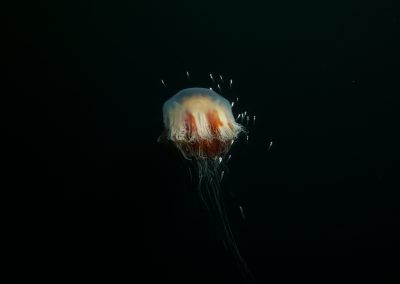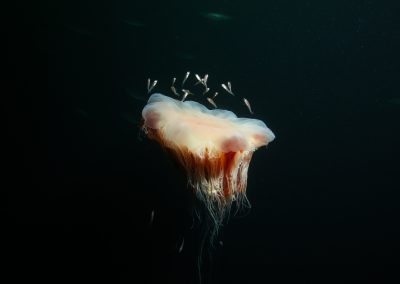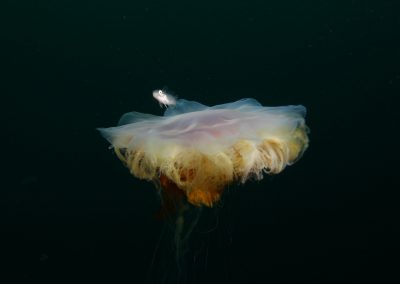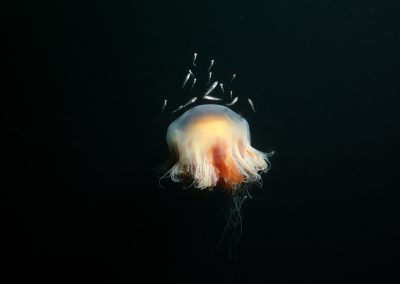Haddock
Melanogrammus aeglefinus
The haddock is a rather large codfish, usual size in catches is between 50 and 65 cm long, but the largest individual caught in Icelandic waters measured 112 cm which might be a world record.
Distribution
It is found in European waters from Spitsbergen and the White Sea in the north to the Bay of Biscay in the south. It also occurs around the Faroe Islands, in southern Greenlandic waters and from Labrador to Cape Cod in North America.
Ecology
The haddock is primarily a benthic feeder as opposed to the pelagic feeding habits of its close relative the saithe, the cod is intermediate. Its main food is bristle worms and small bivalves that live buried in the sediments. However, when capelin or sandeels are available, the haddock does not refuse to eat them.
The life history of the haddock is very similar to that of the cod. I Icelandic waters the main spawning takes place along the south and southwest coasts, from April to May. The eggs and larvae drift with the waters west, north and sometimes east of Iceland where they settle to the bottom and spend the first years of their life. This is essentially the same as cod.
Growth is rather fast during the first two years, considerably faster than for the cod, and sexual maturity off Icelandic haddock is reached at the age of 3 to 4, a year or two earlier than cod. Fishes usually grow slower after sexual maturity and therefore the cod grows faster than the haddock after the age of three. The oldest recorded haddock in Icelandic waters was 18 years old.
Haddock is found in abundance all around Iceland. During cold periods it is rather rare in the colder waters off the north coast, but in warmer periods it can be more common in the north than in the south. Mostly it occurs over soft bottoms at depths between 10 and 200 m.
Fisheries
Haddock is caught all around Iceland and throughout the year. The best grounds are off the west coast. The fisheries are evenly spread over the year. Haddock is mainly caught by bottom trawl, but an increasing share is taken with longlines and Danish seines. Historically, haddock catches have varied from 30 000 to 70 000 t/y by the Icelandic fleet. A similar amount was taken by foreign fleets when they fished around Iceland, mostly by English trawlers. The haddock both sustains direct fishing effort and is a common bycatch in cod fisheries.
HÞV
